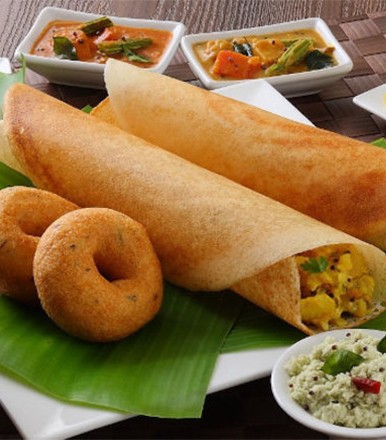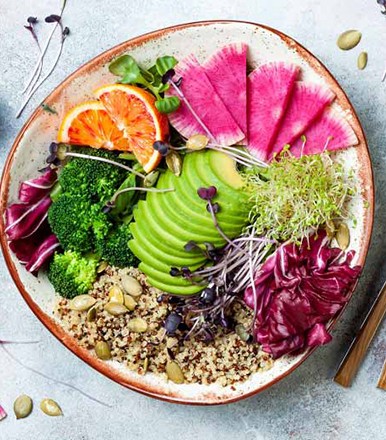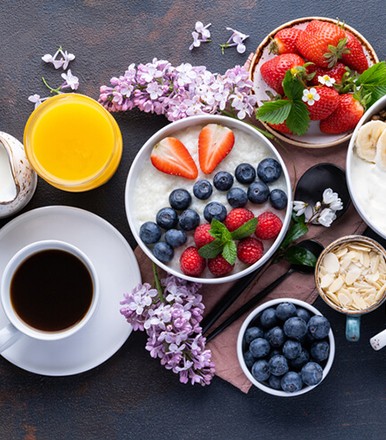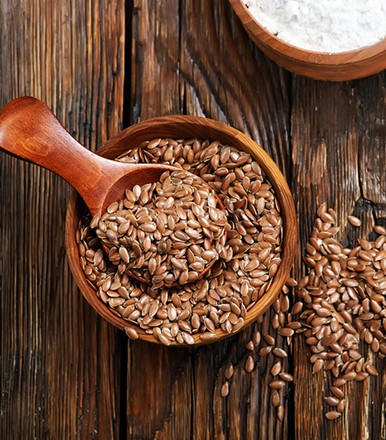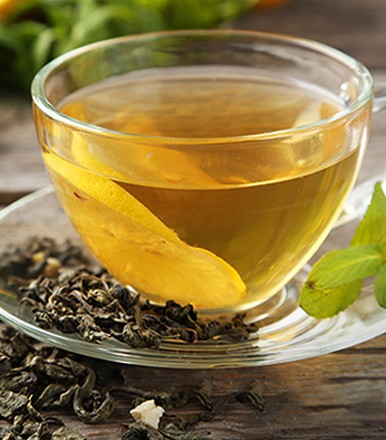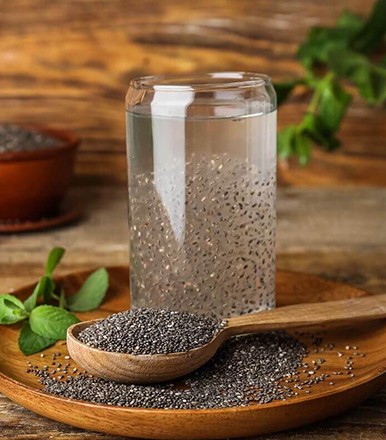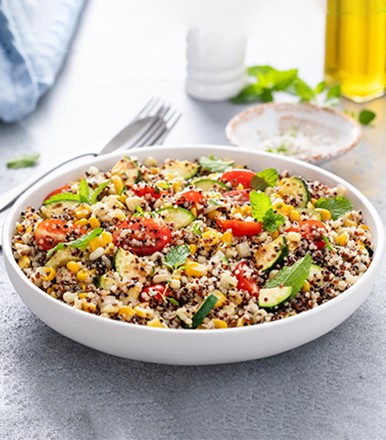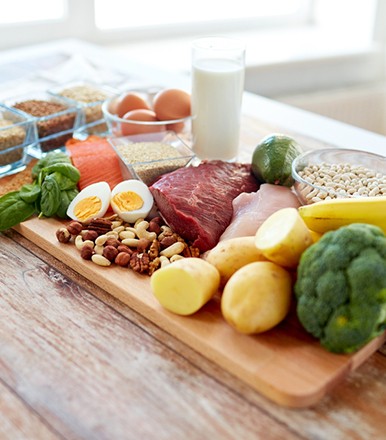Eating healthy doesn’t have to be complicated. With a few tips, you can easily prepare nutritious meals that contribute to a balanced diet. The goal is to include a variety of foods from all the major food groups—fruits, vegetables, proteins, whole grains, and healthy fats.
1. Focus on Whole Foods
Whole foods such as fresh vegetables, fruits, and grains are nutrient-dense and free from artificial additives. These foods provide essential vitamins, minerals, and fiber that your body needs for proper functioning. Try to limit processed foods, as they are often high in unhealthy fats, sugars, and preservatives.
2. Include Lean Proteins
Lean proteins like chicken, fish, eggs, and legumes are essential for muscle repair and growth. Aim to include a source of protein in each meal, as it helps you feel fuller longer and maintains energy levels. Avoid frying your proteins and opt for grilling, steaming, or baking instead.
3. Choose Healthy Carbohydrates
Instead of refined carbs like white bread or pasta, choose whole grains like brown rice, quinoa, and oats. These provide lasting energy without spiking your blood sugar. They’re also packed with fiber, which aids digestion and keeps you full.
4. Add Healthy Fats
Incorporate healthy fats such as those found in avocados, nuts, seeds, and olive oil. These fats support brain health, protect your heart, and enhance the absorption of fat-soluble vitamins (A, D, E, K). However, be mindful of portion sizes, as fats are calorie-dense.
5. Balance Your Portions
A balanced diet isn’t just about what you eat and how much. Keep your portions in check by following a simple guideline: half your plate should be vegetables, a quarter should be lean protein, and the remaining quarter should be whole grains. This ensures you’re getting a good mix of nutrients without overeating.
Ready to improve your health through better eating? Start your journey with Hello Fitness Magazine’s expert tips on creating easy, nutritious meals at home!
Hello Fitness Magazine is your go-to source for all things related to health and wellness. We provide the latest information from workout tips to nutritious recipes to help you lead a healthier life. Stay informed and take charge of your fitness journey with us today!
FAQs
1. What are the main food groups in a balanced diet?
The main food groups are fruits, vegetables, lean proteins, whole grains, and healthy fats.
2. How can I add more vegetables to my meals?
Incorporate vegetables into soups, salads, and side dishes, or blend them into smoothies.
3. Are healthy fats necessary?
Yes, healthy fats support brain and heart health and aid in the absorption of essential vitamins.
4. How do I control portion sizes?
Use the plate method: half vegetables, a quarter protein, and a quarter whole grains to keep your meals balanced.
5. Can I eat carbs on a balanced diet?
Yes, but opt for whole grains like quinoa, brown rice, and oats for longer-lasting energy.




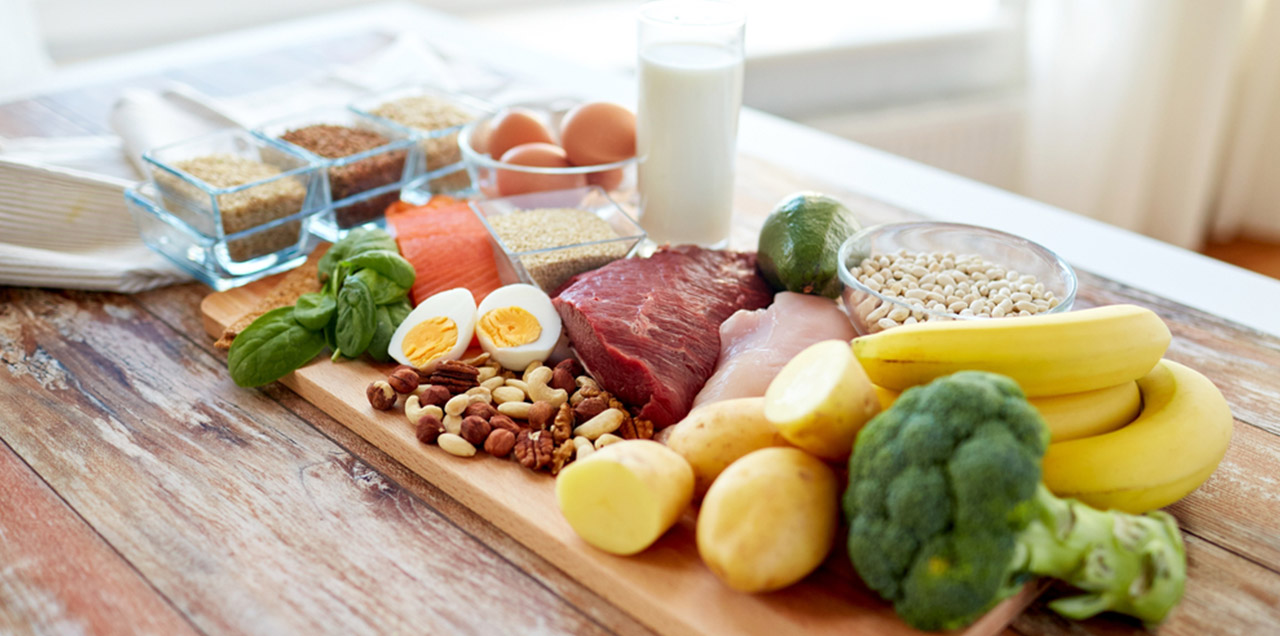
-cr-386x440.jpg)
